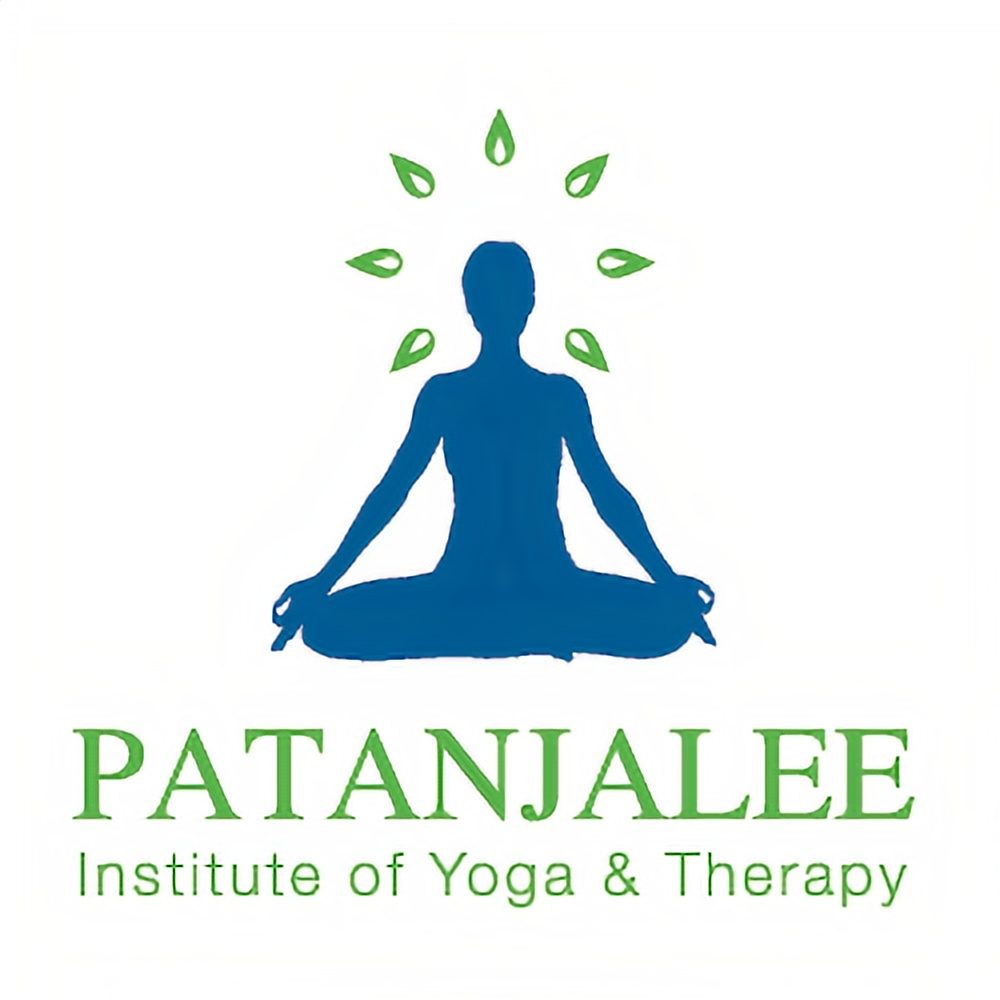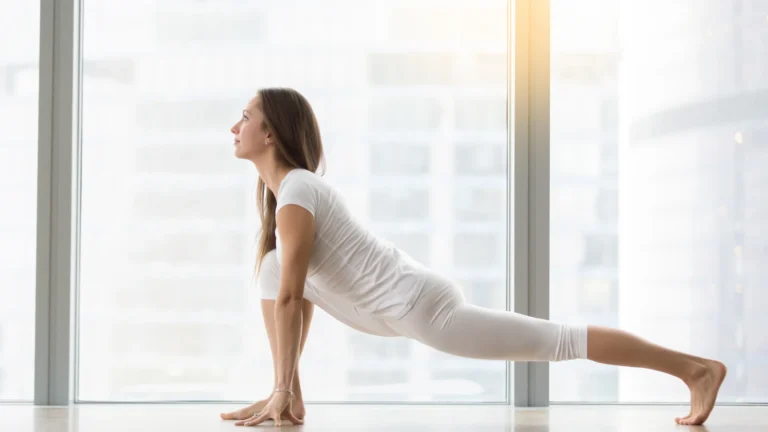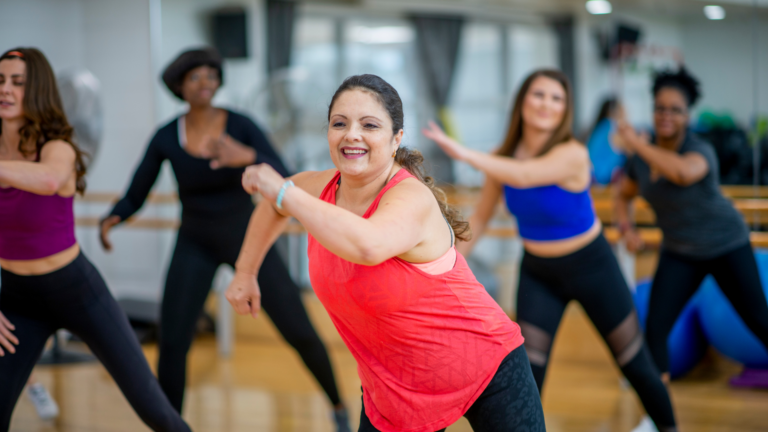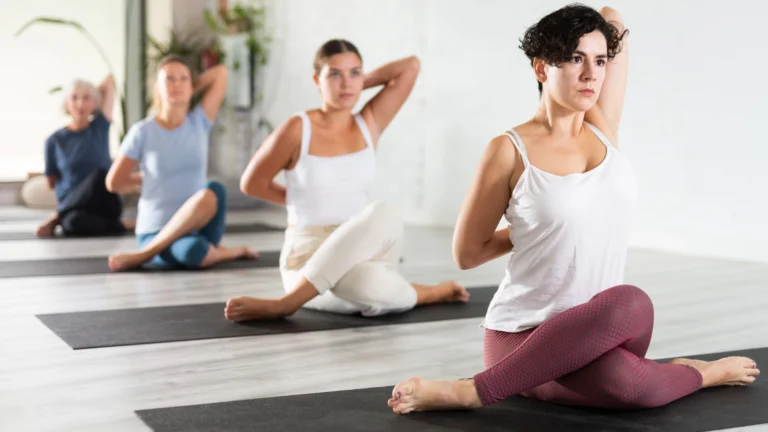Unlock Your Body’s Full Potential with Yoga Flexibility Exercises
Ever felt like your body’s holding back, keeping you from moving with the freedom and ease you crave? Or maybe you’ve been dreaming of finally nailing those cool yoga poses that feel just out of reach? You’re in the right place! Improving flexibility takes time, but you can often see progress within two to three weeks of regular stretching, or it may take a few months. Let’s talk about how flexibility exercises through yoga can unlock some serious magic in your body.
At Patanjalee Shyambhai Yoga, we believe that anyone can achieve a flexible, strong, and healthy body with the right moves and mindset. Flexibility is not just for athletes or yogis; it’s for anyone looking to feel better, move freely, and keep their body young.
Why Does Flexibility Even Matter?
Alright, let’s start with the basics: why is flexibility such a big deal? Picture this: every time you reach down to tie your shoes, twist to grab something behind you, or stretch your arms high, you’re using flexibility. Having a flexible body doesn’t just make these everyday tasks easier; it’s like giving your body permission to move with less resistance, less pain, and a whole lot more flow.
Top Reasons to Embrace Flexibility with Yoga:
- Pain Relief: Many aches come from tight muscles, and stretching them through yoga brings relief.
- Better Posture: Flexibility training can realign your body, making you stand taller and prouder.
- Injury Prevention: A flexible body is less likely to strain or sprain, keeping you strong and active.
- Enhanced Performance: Whether you’re into sports, dance, or just want to carry groceries with ease, flexibility boosts your body’s abilities.
How Yoga and Flexibility Go Hand-in-Hand
Online yoga classes for flexibility are the ultimate blend of flexibility, strength, and relaxation. The secret sauce? It’s all about holding poses and breathing deeply, allowing your muscles to relax and stretch naturally. Here’s a breakdown of some flexibility-boosting moves and why they rock.
1. Downward-Facing Dog (Adho Mukha Svanasana)
You’ve probably seen this one! The Downward Dog is one of the most popular poses, and it’s a winner for a reason.

- What It Does: This pose stretches your hamstrings, calves, shoulders, and even your back muscles. It’s like giving your entire backside a big ol’ stretch. It’s also great for releasing tension and building strength in your upper body.
- How to Nail It: Start on your hands and knees, tuck your toes, and lift your hips up toward the ceiling. Press through your palms, relax your neck, and try to keep your heels pressing towards the ground. Breathe deeply and hold for about 30 seconds to a minute.
- Pro Tip: Can’t get your heels all the way down? No sweat! Flexibility comes with time, and those calves and hamstrings will loosen up with regular practice.
2. Cobra Pose (Bhujangasana)
Cobra Pose isn’t just amazing for flexibility; it also strengthens your back and opens up your heart space, giving you an energy boost.
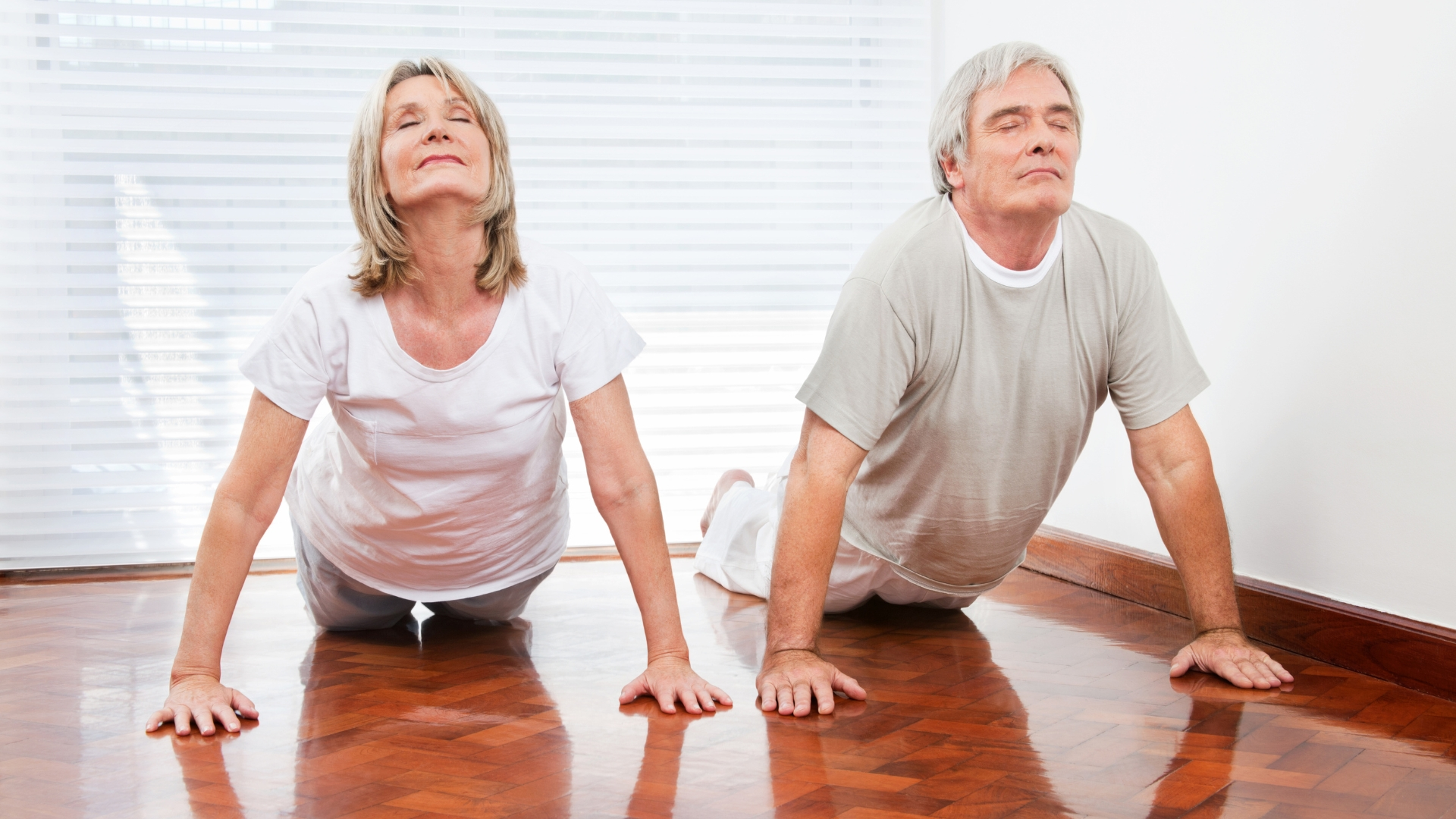
- What It Does: This pose stretches your chest, shoulders, and abdomen, and strengthens your spine.
- How to Nail It: Lie on your belly with your hands under your shoulders. Keep your elbows tucked in, press into your palms, and slowly lift your chest off the ground, extending through your spine. Gaze forward and breathe. Hold for a few breaths before gently lowering down.
- Pro Tip: Don’t overextend! Let your chest rise naturally. The more you practice, the higher you’ll be able to lift without strain.
3. Seated Forward Bend (Paschimottanasana)
Forward bends are awesome for targeting your hamstrings, back, and even your mind!

- What It Does: A seated forward bend can help lengthen your spine, stretch your hamstrings, and calm your mind. This pose is perfect after a long day or workout to wind down.
- How to Nail It: Sit on the floor with your legs extended in front of you. Inhale, lengthen your spine, and as you exhale, fold forward from the hips. Keep your spine straight, reaching for your toes or shins.
- Pro Tip: Can’t reach your toes? It’s all good! Go as far as you comfortably can, and with time, you’ll be able to reach further.
4. Bound Angle Pose (Baddha Konasana)
Also known as the Butterfly Pose, Bound Angle Pose is your go-to for inner thigh flexibility.

- What It Does: This pose is a hip-opener that stretches your inner thighs and groin, improving circulation and releasing tension in the hips.
- How to Nail It: Sit on the floor, bring your feet together, and let your knees fall to the sides. Hold your feet with your hands and gently press your knees toward the ground. Hold for a few breaths.
- Pro Tip: Don’t worry if your knees are up high! Keep practicing, and those muscles will gradually loosen.
5. Child’s Pose (Balasana)
Child’s Pose is the ultimate “me-time” stretch. It’s great for flexibility, and it’s like giving yourself a big hug!
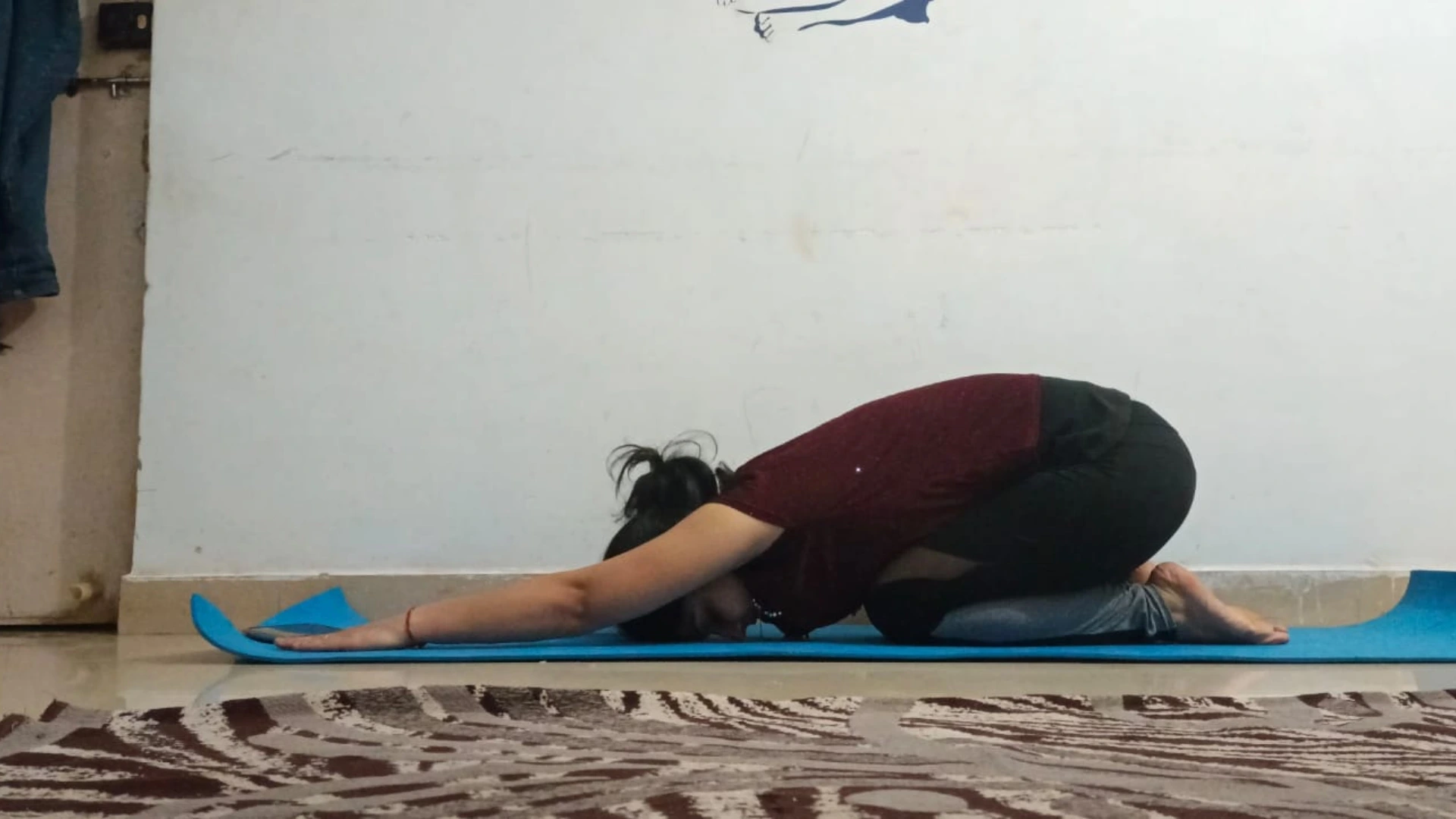
- What It Does: Stretches your back, hips, and ankles while helping you relax and unwind.
- How to Nail It: Kneel on the floor, sit back on your heels, and fold your torso forward, reaching your arms in front of you or alongside your body.
- Pro Tip: Rest here as long as you like! This one’s amazing for chilling out and letting go.
6. Pigeon Pose (Eka Pada Rajakapotasana)
Now, this one’s a bit more intense but totally worth it. Pigeon Pose is amazing for those tight hips.
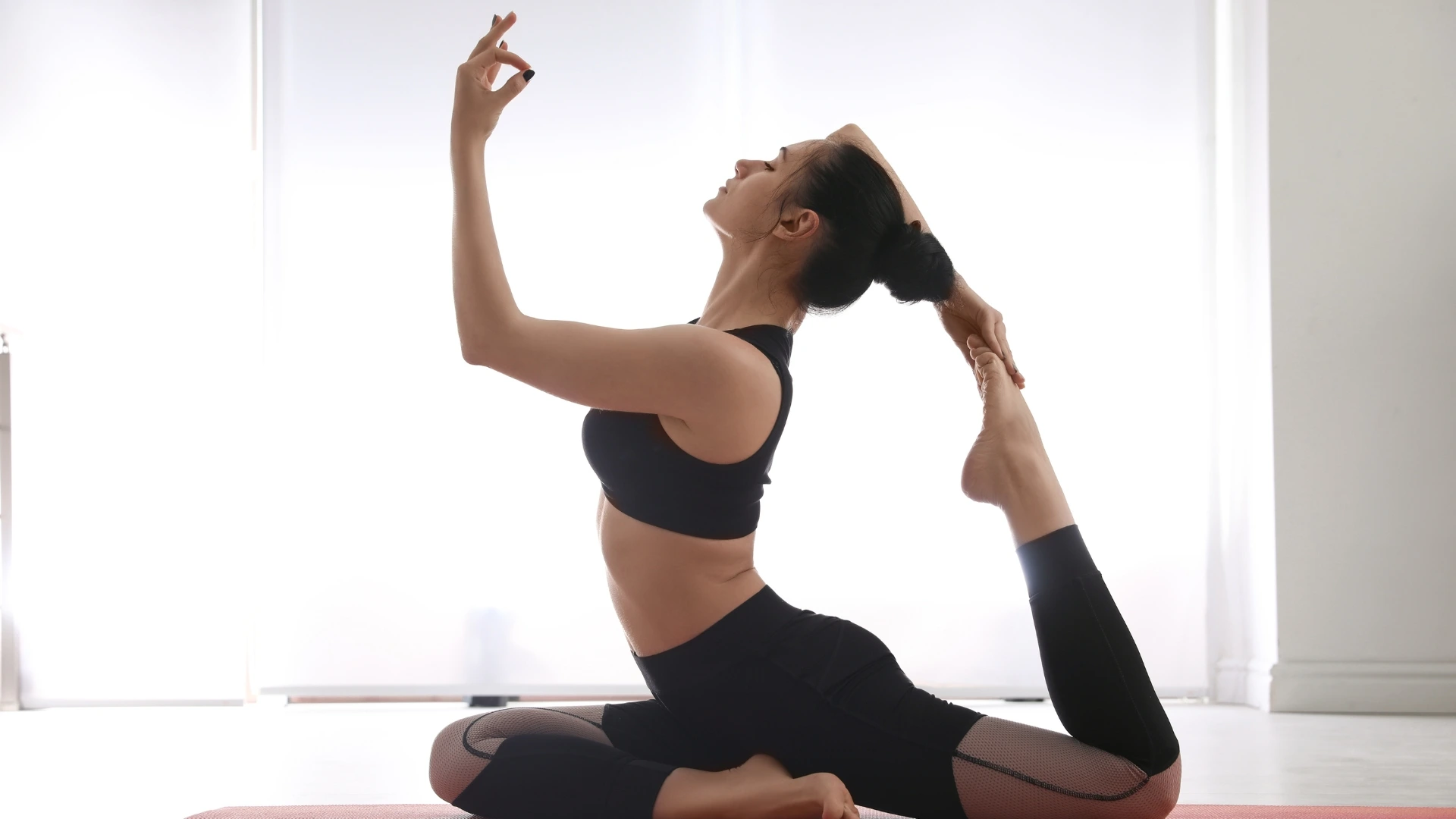
- What It Does: Stretches your hips, glutes, and thighs, and can even help with lower back pain.
- How to Nail It: Start in a high plank, bring your right knee forward, and place it behind your right wrist with your ankle near your left hip. Slide your left leg back, keeping your hips square to the mat. Hold, breathe, and then switch sides.
- Pro Tip: Feeling a bit tight? Place a folded blanket under your hip for added support.
Explore Our Blog: ‘Which Yoga Poses Are Essential for Improving Flexibility?‘ for more asanas and Start Your Journey to Greater Mobility!
The Ultimate Yoga Flexibility Routine
Here’s a quick routine you can try to get more flexible with yoga:
- Warm-Up: Start with some light stretches or a gentle warm-up to get the blood flowing.
- Hold Each Pose for 30-60 Seconds: Spend time in each pose; don’t rush.
- Breathe Deeply: Inhale and exhale slowly in every stretch to help your muscles relax.
- Cool Down: End with Child’s Pose or a lying down twist for relaxation.
Tips to Boost Your Flexibility Journey
- Consistency is Key: Aim for 10-15 minutes daily. Consistent practice will yield the best results.
- Listen to Your Body: Flexibility isn’t about forcing; it’s about allowing your body to open up over time.
- Use Props: Blankets, straps, or blocks can be super helpful, especially if you’re just starting out.
- Stay Hydrated: Muscles stretch better when you’re well-hydrated.
- Get Expert Guidance: Sometimes, a little extra help can make all the difference. At Patanjalee Shyambhai Yoga, we’re here to guide you with personalized routines and support.
Conclusion
Remember, flexibility is a journey, not a race. Embrace each stretch, every bend, and all those little victories along the way. Flexibility will not only improve your physical health but also make you feel lighter, more at ease, and connected to your body.
Ready to get started? Join our online yoga classes! Let’s unlock that potential, one stretch at a time. We’re here to help you along your journey to a more flexible, happy you.
